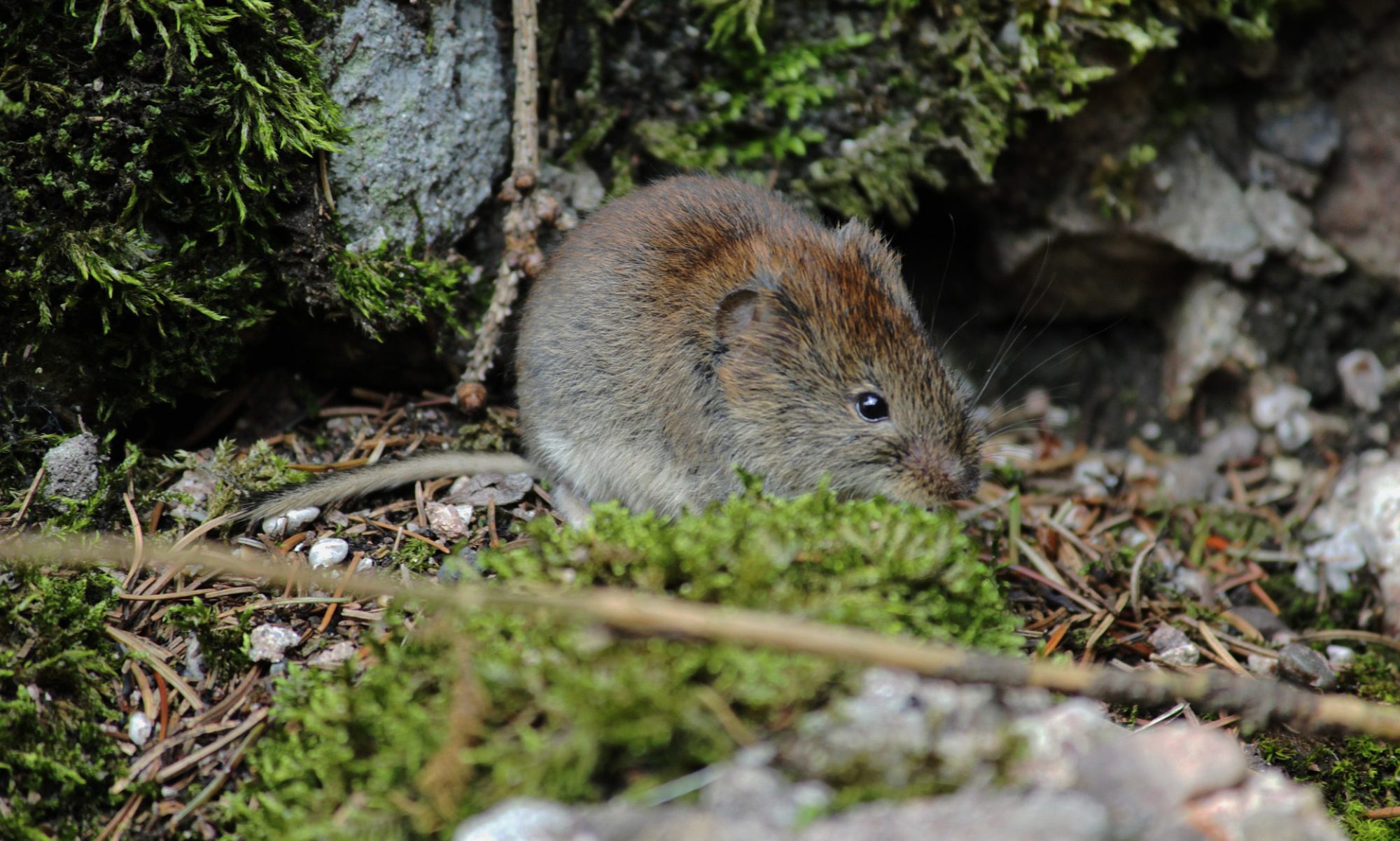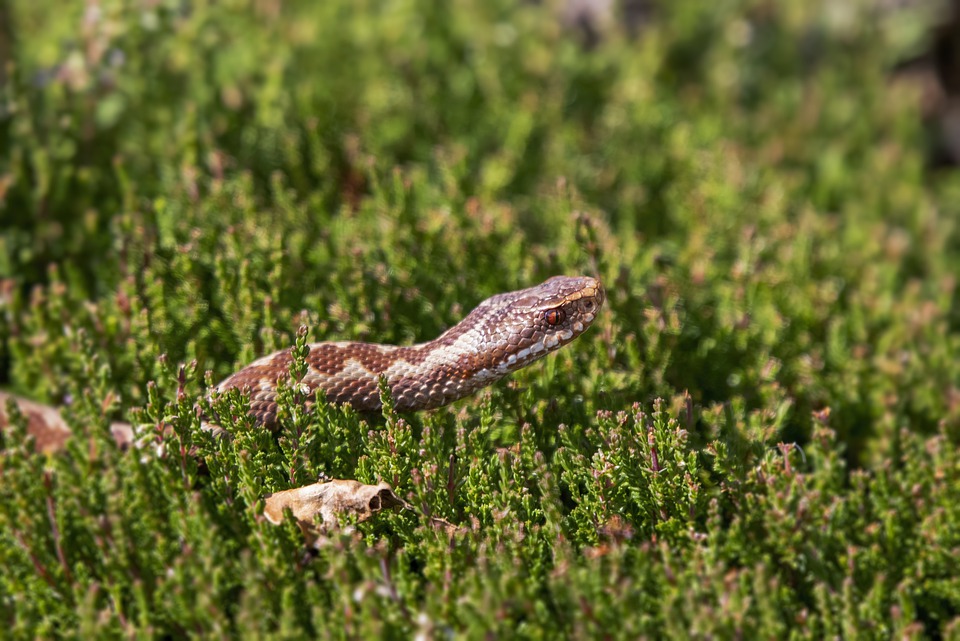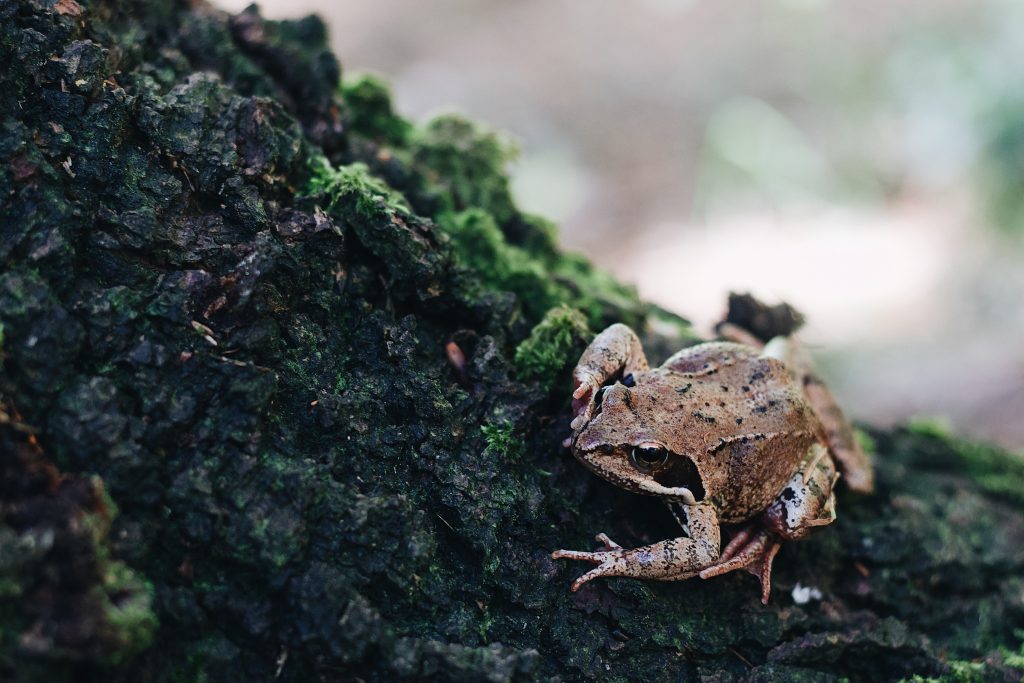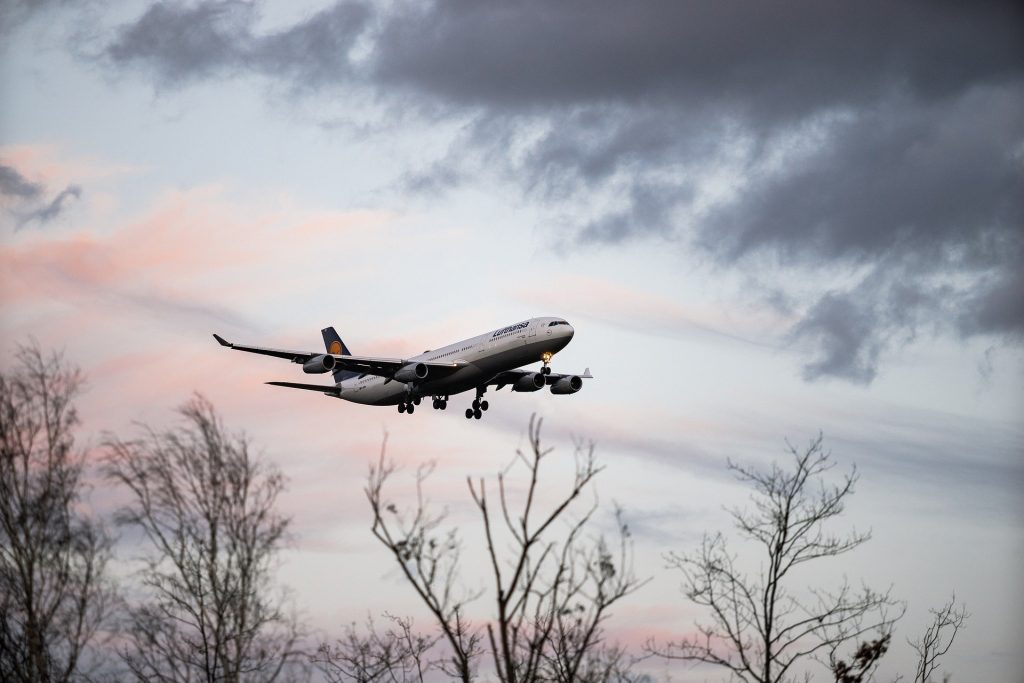As bats’ echolocation calls are above a human’s normal range of hearing (20Hz to 20kHz), we use a bat detector to listen to them. These devices convert the ultrasonic sounds to a frequency which we can hear.
Different species use specific frequency ranges in their echolocation, which can help us to identify the species around us.
Here, Debs demonstrates the use of a Batscanner which displays the frequency of the call as well as playing an audible rendition of the bat’s hunting sounds. Using this, we were able to determine that there were both common Common and Soprano pipistrelles and the amazing Greater horseshoe bat foraging over this field in Buckfastleigh.
| Species | Frequency |
| Soprano Pipistrelle | The peak frequency is above 50 kHz (typically 52-55) |
| Common Pipistrelle | The peak frequency is below 50 kHz (typically 43-46) |
| Greater Horseshoe Bat | Peak frequency is just above 80 kHz |








